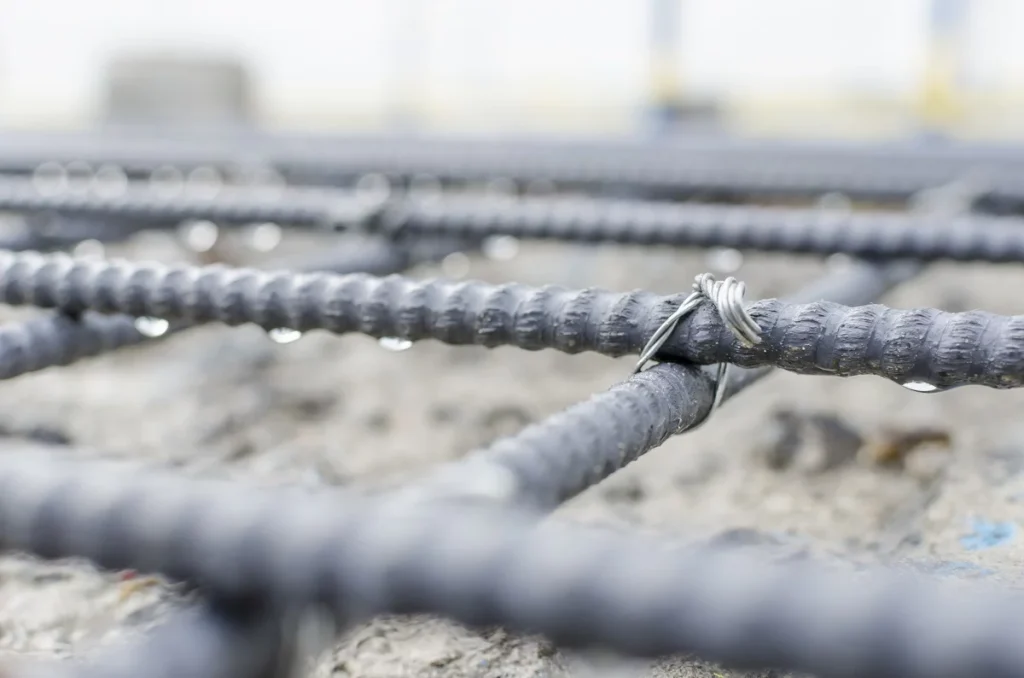This comprehensive guide compares the benefits and applications of rebar and fiber mesh as reinforcement methods in construction projects. From their structural properties to installation considerations, this article provides valuable insights for builders and contractors.
Understanding Rebar Reinforcement
Rebar, short for reinforcing bar, is a traditional method of reinforcement widely used in construction. It consists of steel bars that are strategically placed within the concrete structure to enhance its strength and durability. Rebar provides structural integrity by bearing tension, preventing cracks, and distributing loads evenly.
Exploring Fiber Mesh Reinforcement
Fiber mesh, also known as synthetic fiber reinforcement, is a modern alternative to rebar. It involves incorporating synthetic fibers, such as glass or polypropylene, into the concrete mix. These fibers act as a secondary reinforcement, improving crack resistance, impact resistance, and overall durability.

Comparing Rebar vs. Fiber Mesh
- Strength and Load-Bearing Capacity:
- Rebar: Offers high tensile strength and load-bearing capacity, making it suitable for heavy-duty structures and areas with significant loads.
- Fiber Mesh: Provides moderate strength and load-bearing capacity, ideal for applications with lighter loads or where minimizing cracking is the primary concern.
- Crack Control:
- Rebar: Effectively controls cracks and prevents their propagation, ensuring the structural integrity of the concrete.
- Fiber Mesh: Improves crack resistance and limits crack width, reducing the potential for crack formation and propagation.
- Installation and Cost:
- Rebar: Requires careful placement, tying, and alignment, resulting in a labor-intensive process. The cost of rebar materials and installation is generally higher.
- Fiber Mesh: Easy to handle and mix into the concrete, simplifying the installation process. Fiber mesh is generally more cost-effective than rebar.
Examples of Rebar and Fiber Mesh Applications
- Rebar: Commonly used in reinforced concrete columns, beams, slabs, and foundations of large-scale structures like bridges, high-rise buildings, and parking garages.
- Fiber Mesh: Suitable for residential driveways, sidewalks, patios, and smaller concrete projects where crack prevention and durability are essential.

Choosing the Right Reinforcement Method
The choice between rebar and fiber mesh depends on several factors, including the project requirements, load conditions, and budget. For heavy-duty structures, high-traffic areas, or applications with substantial loads, rebar is often the preferred choice. On the other hand, fiber mesh is an excellent option for smaller projects or areas where crack prevention is a priority.
Conclusion
Rebar vs. Fiber Mesh are both viable reinforcement methods for construction projects, each with its unique strengths and applications. Understanding the differences between these methods is crucial for selecting the appropriate reinforcement option based on the project’s requirements and structural demands.
Whether you opt for the strength and load-bearing capacity of rebar or the crack resistance and cost-effectiveness of fiber mesh, choosing the right reinforcement method ensures the long-term durability and structural integrity of your concrete construction.